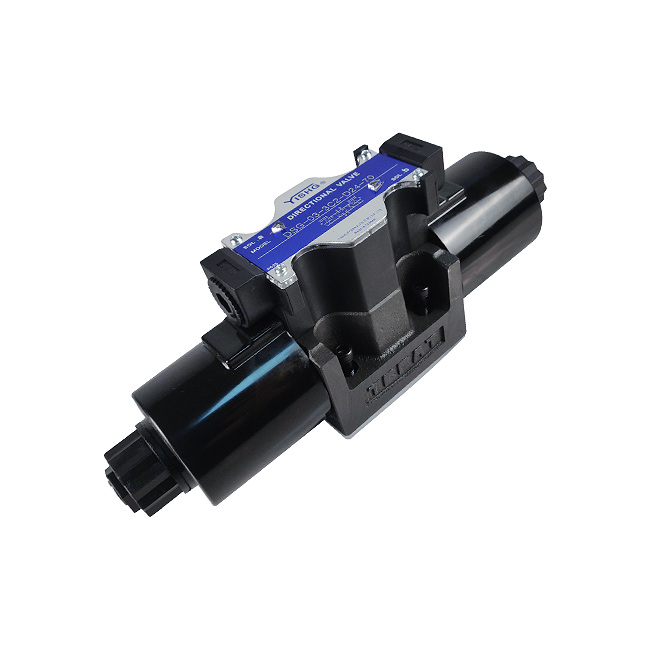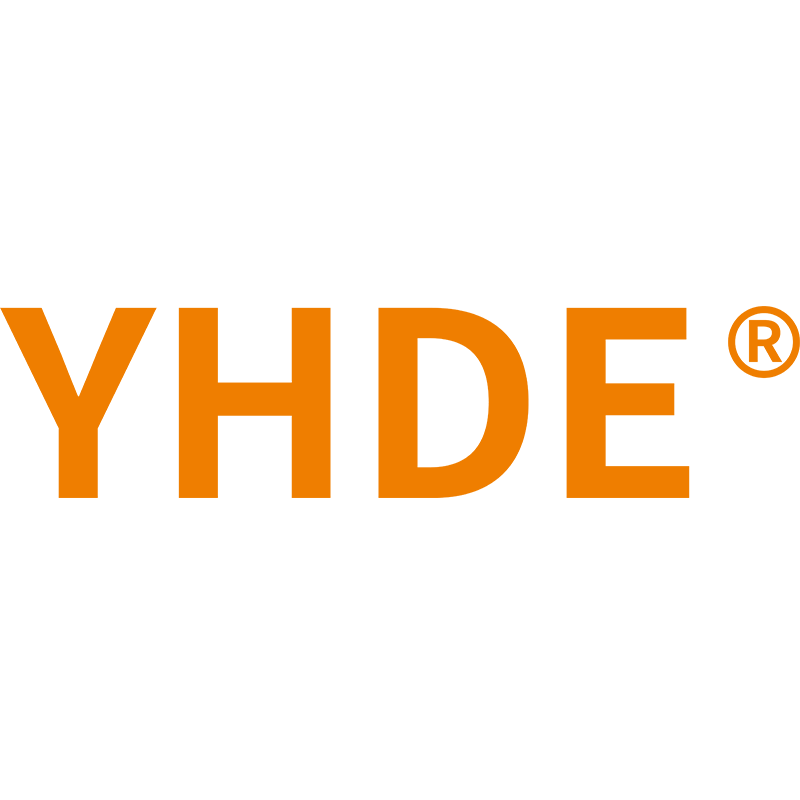Solenoid valves are divided into three categories in principle
1. Direct acting solenoid valve
Principle: When energized, the electromagnetic coil generates electromagnetic force to lift the closing member from the valve seat, and the valve opens; when the power is turned off, the electromagnetic force disappears, and the spring presses the closing member on the valve seat, and the valve closes.
2. Step-by-step direct-acting solenoid valve
Principle: It is a combination of direct-acting and pilot-operated. When there is no pressure difference between the inlet and the outlet, after power is applied, the electromagnetic force directly lifts up the pilot small valve and the closing part of the main valve in sequence, and the valve opens. When the inlet and outlet reach the starting pressure difference, after the power is turned on, the electromagnetic force pilots the small valve, the pressure in the lower cavity of the main valve rises, and the pressure in the upper cavity drops, so that the main valve is pushed upward by the pressure difference; when the power is off, the pilot valve uses a spring Force or medium pressure pushes the closing member, which moves down and closes the valve.
Principle: When energized, the electromagnetic force to open the pilot hole, the chamber pressure drops rapidly, forming a low and high pressure difference around the closing parts, fluid pressure to push the closing parts move up, the valve is opened; Power off, the spring force to close the pilot hole, the entrance pressure through the bypass hole quickly chamber around the valve close parts to form a low high pressure difference, fluid pressure to push the closing parts move down, close the valve.

